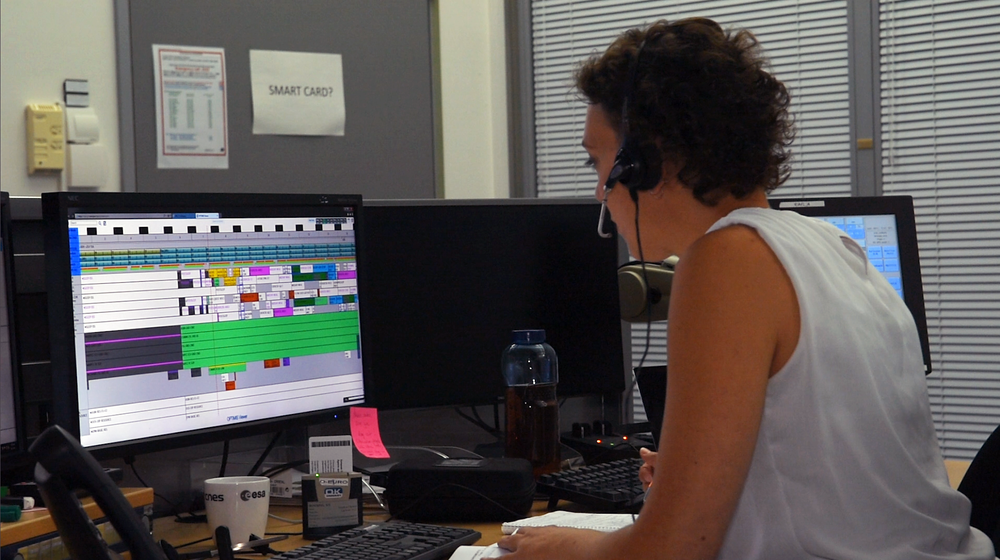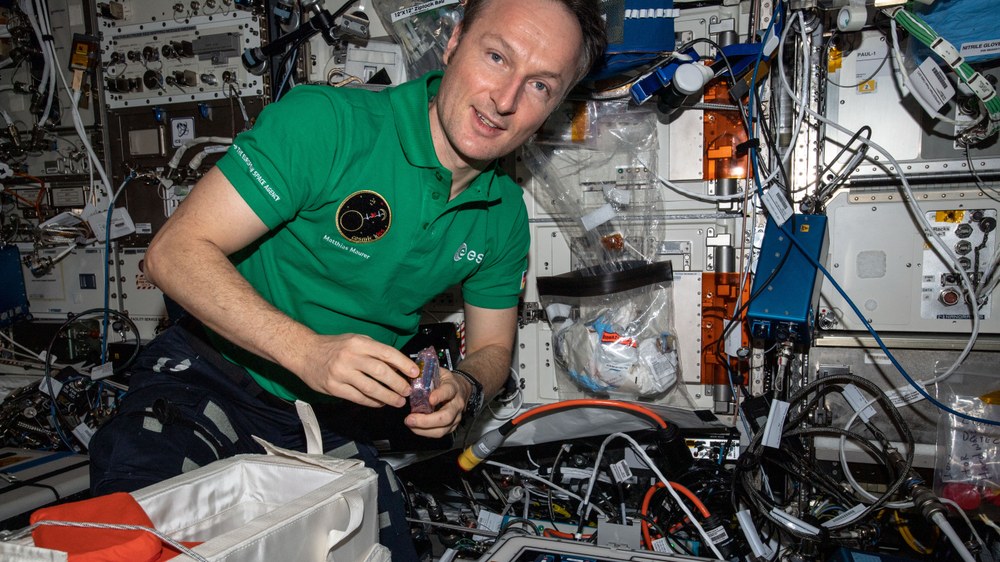Astronaut Training Department

NASA

ESA
DLR's Astronaut Training department at the European Astronaut Centre (EAC) is responsible for training ESA's astronauts, as well as those of the other ISS partners (USA, Canada, Russian Federation and Japan) and in the meantime also astronauts from other institutional and commercial space organizations. Astronauts receive here their Basic Training as well as training on the European components of the ISS. Additionally, they are provided with support before, during and after their flights. The EAC is a joint organization consisting of employees from the German Aerospace Center (DLR), the French Space Agency (CNES), and the Italian Space Agency (ASI) under the leadership of the European Space Agency (ESA).
The EAC building is the so-called home base, i.e. the official headquarters of the ESA astronaut corps. In addition to offices, the building contains a training hall with various mock-ups (replicas of the modules in space) and simulators (replicas of the experimental facilities in space), a 10-metre deep diving pool and various control rooms. From these control rooms, specially trained staff communicate with the astronauts on board the space station and the other worldwide control centers. Another aspect of this work is the medical support of ESA astronauts during their mission on the International Space Station.
Extensive medical care for ESA astronauts, both physically and psychologically, is also provided at the EAC before and after the flight. A team of medical experts looks after the astronauts around the clock during all phases of a mission.
The EAC team not only trains European astronauts for space missions, but also astronauts from international partners such as the USA, Russia, Canada and Japan, and now even astronauts from commercial space flight providers such as AXIOM. The astronauts learn how to use the European modules of the space station and the experiment facilities in the Columbus laboratory.
The so-called Astronaut Operations Team assists the astronauts in all logistical matters, organises their journeys to the various training locations and to the launch and landing site of their mission. During the actual flight, the team supports the astronauts and enables the communication between astronauts and their families.

